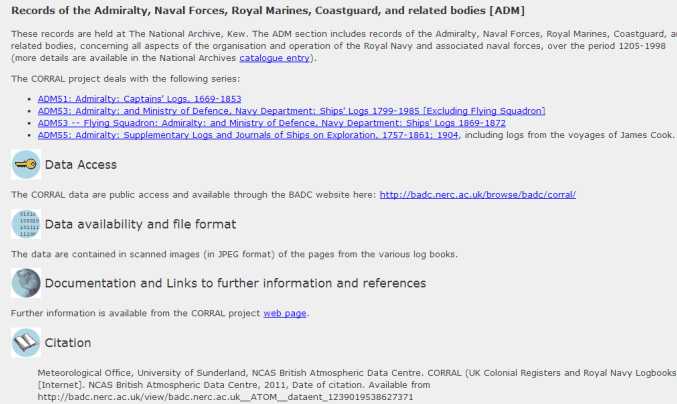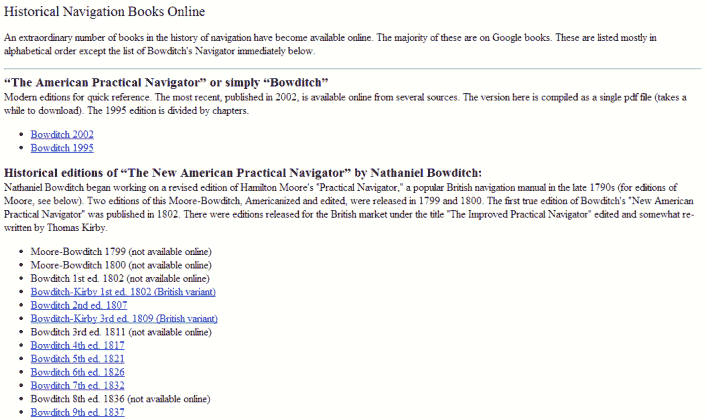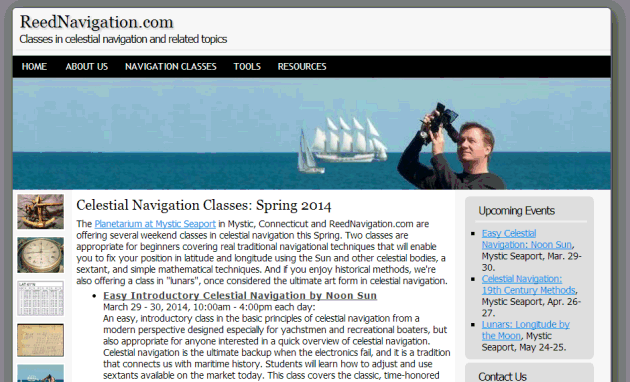
NavList:
A Community Devoted to the Preservation and Practice of Celestial Navigation and Other Methods of Traditional Wayfinding
From: Frank Reed
Date: 2021 Jun 30, 09:24 -0700
Sean C, you wrote:
"I'll add that you can use any sight reduction method to do great circle calculations."
Exactly. Many navigators who learn about this have been told that it's an "analogy" or that we are applying the "cosine formula" or the "fundamental theorem of spherical trigonometry" to two distinct cases, and while that's not technically wrong, it misses the point. Celestial sight analysis problems really are great circle calculations. A lot of the confusion stems from the long-standing failure in celestial navigation education to explain Dec and GHA properly.
- Dec is the latitude of the subStar point
- GHA is the longitude (always west) of the subStar point
The Dec and GHA of the Sun or a star, etc. is a spot on the Earth's surface! That is, if you go to the point on the Earth with the latitude equal to some celestial body's Declination and longitude equal to its GHA at the instant of time, you are directly "under" that celestial body. It is at the zenith. It's not that "declination is like latitude". The declination of a star is the latitude of the subStar point (but see PS).
So in any celestial navigation sight reduction problem, we have two points on the Earth's surface: the observer's true position (or maybe an assumed position but it's still a "possible" observer's position) and the position of the subStar point for the object being observed which we get from the astronomers and published almanac data. The fundamental principle of celestial navigation that goes all the way back to Eratosthenes is that the angular zenith distance of the celestial object is equal to the distance on the ground between the observer and the subStar point. It's great circle distance because that's the only meaning of distance that counts -- distance across the globe:
(90°-alt) = ZD = "distance off" = great circle distance from observer's position to substar point.
This can be calculated directly using the standard great circle distance equation or using any number of tables, apps, slide rules, and other historical tools. Note that the conversion from ZD to alt by subtracting from 90° is un-necessary in principle, and is only included because traditionally we measure the positions of objects in the sky from the horizon. ZD=distance off is the fundamental principle underlying celestial navigation.
Frank Reed
PS: Or is it the other way around?! Naturally there are lots of ways to look at geometry. The fundamental "lock" connecting latitude to declination and GHA to longitude certainly stands no matter how we look at the geometry, but when we get into the finer details, it can be more useful to turn this on its head. The latitude and longitude of any point on the Earth's surface is found by looking at the Declination and GHA of the star at the zenith at any instant of time. We define declination and GHA (and SHA and RA) as "pure" spherical coordinates that can be measured in abstraction from any ground, any planetary surface, and then we pull those down to the ground by gravity (when we look "straight up" at the zenith, we're defining direction by apparent gravity), and whatever is at the zenith, that's your latitude and longitude. That's the origin of the traditional, historical "astronomical" latitudes and longitudes that were the only coordinatese available in most of the world for centuries and in remote parts of the world as recently as 30-50 years ago.






